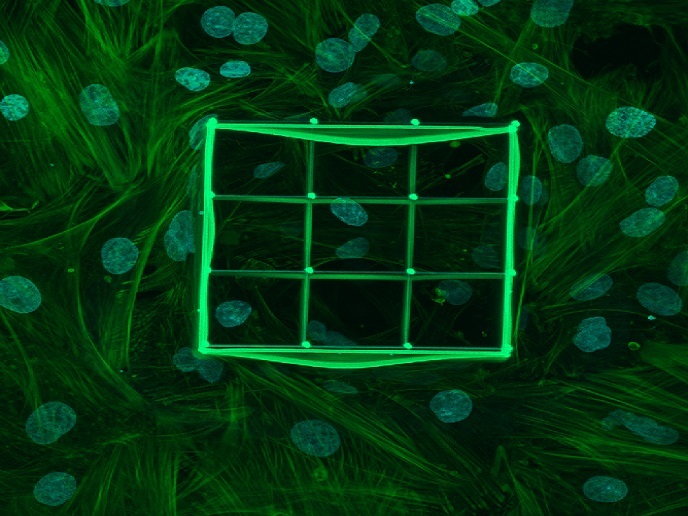An in vitro model for bone
Bone is a dynamic tissue that undergoes continuous formation and resorption through the coordinated communication between osteoblasts (Ob) and osteoclasts (Oc). Mechanical loads are an important modulator of bone architecture and cell physiology, playing an important role in bone tissue homeostasis. Although there are many in vitro models of Ob/Oc co-culture for biomaterial testing, little is known about the cell communication in this system under mechanical stimulation. To test new bioactive components for the therapy of osteoporosis, scientists on the BONEMIMIC (3D tissue-engineered model of bone adaptation) project developed a system to mimic in vitro the process of normal bone remodelling. This system encompassed a scaffold with mesenchymal stem cells or monocytes that could be triggered to differentiate into Ob and Oc cells. Extensive efforts went towards the optimisation of the cell culture, the differentiation conditions in the bioreactor and the 3D environment that mimicked natural bone. To recapitulate the mechanical load experienced by bone, researchers applied fluid shear stress in the culture system and analysed subsequent gene expression patterns and tissue histology. They observed that cell response, bone mineral deposition and response to mechanical stimuli critically depended on the 3D structure of the scaffolds. The scaffold consisted of biocompatible engineered bone tissue (EBT) that contained mineralised matrix and supported cell adhesion and differentiation. Following the successful establishment of the in vitro bone culture system, researchers plan to apply it for the testing of various drugs for osteoporosis treatment. The system is a reliable model for the physiological bone adaptation process, and will be useful for pilot drug safety and effectivity studies. For the pharmaceutical industry, implementation of the BONEMIMIC system would translate into high-throughput in vitro drug screening and fewer animal experiments. From a clinical perspective, the rigorous testing of drugs for bone defects would ensure safer and more effective treatments.







